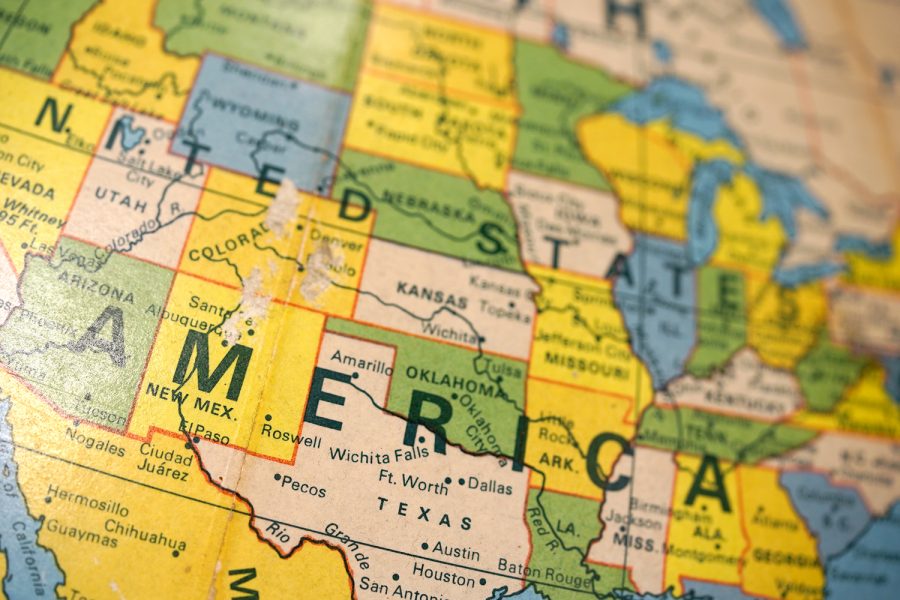Hot and Cold
Does global warming education belong in classrooms?
Many states in America don’t fully teach environmental topics such as sustainability and global warming.
October 22, 2019
For at least the past few years, it has seemed that one cannot go a day without hearing of global warming or sustainable living, whether it be from the news or directly from others.
Yet, despite sustainable living’s prominence in our national dialogue, a large number of schools hardly touch on the topic, going no more in-depth than simply telling students to “turn off the lights and water when you are finished.” More than half of teachers surveyed by NPR, 55% to be exact, do not teach or mention climate change during class.
Here in Pennsylvania, the situation is even more concerning. When compared to the rest of America, PA especially is lagging behind in terms of climate education. The state is one of only 10 others to not have requirements that climate change be taught in the classroom.
The majority of American households would like to see things done differently. More than 80% of parents in the U.S. support climate education. Even politically, both parties mostly agree on the matter. Two-thirds of Republicans and nine in ten Democrats believe that at least some amounts of sustainability education should be incorporated into schools.
So why do over half of American schools avoid the subject? The answer is alarming. More than half of teachers who don’t mention the subject attribute it to a fear of parent reaction.
However, by educating students on the causes and effects of climate change, schools can bring about a plethora of benefits. After implementing environmental education, 90% of schools reported increased skills, 88% saw positive changes in learning, and 83% observed better environmental behaviors, such as recycling and decreased water usage. Another study showed an increased amount of participation in environmental lessons, where students participated equally, regardless of their intellectual abilities.
The same study demonstrated that school districts also benefit from an increased focus on the environment, with 72% of schools that incorporate climate lessons reporting a better community image.
It is commonly said that the youth have the power to bring about change in the world. However, with a majority of students forced to learn about climate change on their own time, that power is significantly diminished.
The sad truth is that, in the absence of formal education, it is almost impossible for students not only to understand the importance of a sustainable environment but, more urgently, to act upon that knowledge.













